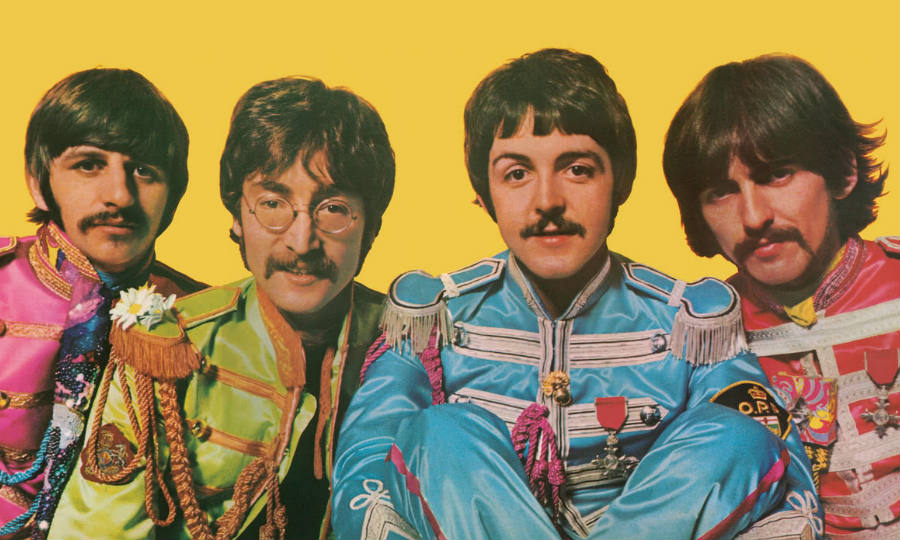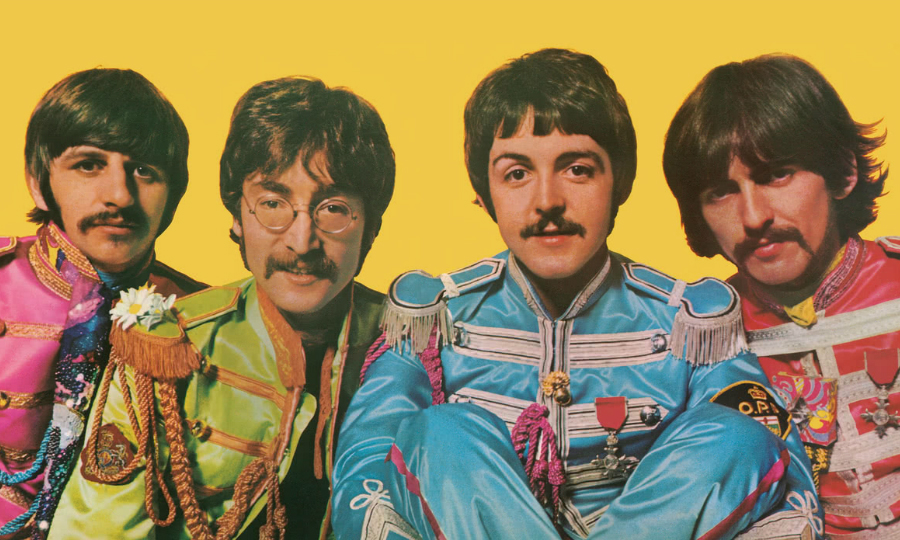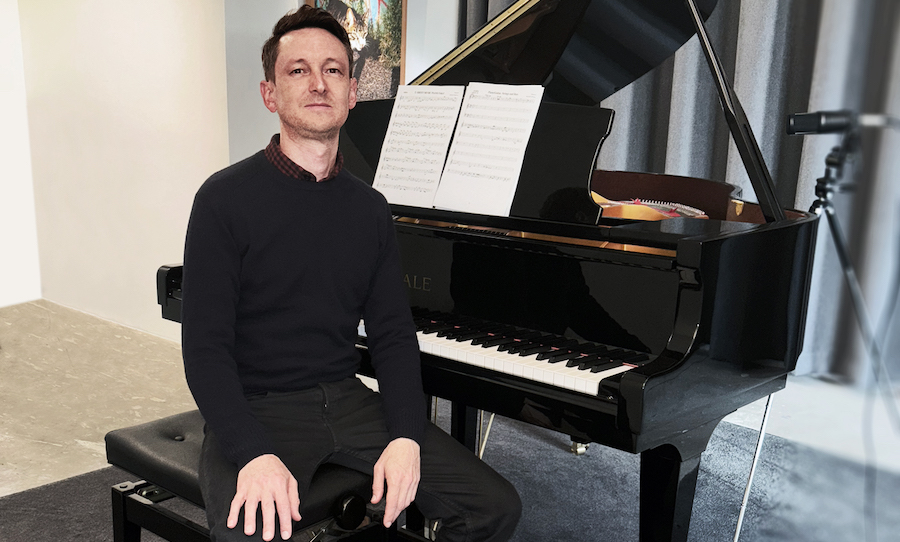A brief history of baroque pop from the 1700s to the 1960s folk renaissance. How classical music became psychedelic, niche, and popular at the same time.
If you’re like me then you’re somewhat confused by the nature of baroque pop. What exactly is it? Where did it come from? Everyone I ask seems to say the same thing: “Yeah, I guess I kinda know… The Beatles?“.
Why did a brief burst of folk music from 1965-74 become associated with a distinctly European cultural movement that flourished in the 1740s.
In a quest for truth and glory I endeavour to revive the origins of baroque pop, the artists who defined it, and the resulting sub genres.
What does Baroque mean?
Baroque came to English from a French word meaning “irregularly shaped.” At first, the word in French was used mostly to refer to pearls. Eventually, it came to describe an extravagant style of art characterised by curving lines, gilt, and gold.
Baroque followed Renaissance art in the 1400s yet preceded Rococo – often referred to as ‘late Baroque’ – and Neoclassical styles. It was encouraged by the Catholic Church as a means to counter the simplicity and austerity of Protestant architecture, art and music, having originated in Rome in the early 1700s.
As a result it is by nature a deeply exuberant style of art. Baroque is defined by its movement, contrast, deep colour, and grandeur. By modern standards it may even be noted for its tinges of psychedelia.
1960s Folk Renaissance
Baroque pop is to pop music what progressive rock is to rock music. Its more complex forms and song structures involve ambitious movements and varied instrumentation. The term ‘baroque pop’ originated in 1960s music journalism, referring to a trend of using harpsichord in pop songs.
‘Baroque pop’ is now an ornate tag for journalists describing something more complex than most pop music. It would typically, but not exclusively, refer to classically influenced pop songs that may embrace odd time signatures, and contrapuntal harmonies.
While pop arguably harbours many secret corners for artists to burrow down in, none are more fascinating than baroque pop. While most fans of the British folk revival languidly yearn for the simultaneous obscurity of artists like Nick Drake and Vashti Bunyan, they actually excavate a lost and forgotten tomb in British music history.
Artists like The Beatles, The Beach Boys, and The Left Banke are often attributed to the birth of baroque pop, however its roots are also found in the work of Phil Spector.
One of the most recognisable pop albums ever, A Christmas Gift For You, is Phil Spector at his peak. Spector’s magnificent ‘wall of sound’ production adds grandeur and scope to proceedings and has become a staple for baroque pop, laying the groundwork in 1963.
The Mamas and Papas 1966 debut, If You Can Believe Your Eyes and Ears, embraced many techniques that have become quintessentially baroque. Descending minor melodies, orchestration, and forward-thinking production have led many to attribute The Mamas and Papas to the land of baroque.
Who perfected it?
The velvety crush of woodwinds, string quartets, and Autumnal melancholy are what informed Paul McCartney’s contributions to The While Album. In the UK The Zombies kicked things off with Odessey and Oracle, while Scott Walker carved his own niche of weighty chamber pop with Crosby Stills harmony and a dash of harpsichord.
In New York, Michael Brown, a classical trained keyboard player, was taking notes. The Zombies could do no wrong and there was a veritable gap in the market in the wake of Beatlemania. He formed a band called The Left Banke and roped in his dad, a composer named Harry Lookofsky, to oversee their first single. The other players hadn’t worked up he chops yet so Loofofsky concentrated on Brown’s harpsichord and a string quartet. Walk Away Renee was the first bona fide baroque pop hit of 1965. Sadly, the Left Banke’s recordings are out of print.
Left Banke came to embody a sound that was soft but insistently sad. In a 1972 letter to a fan, guitarist Rick Brand claimed their lyrics “were written as rather self-consciously beautiful musical whimsy, as you find in the latter 18th-century Romantic music, pre-Beethoven.”
The Beach Boys came to master and define the ’60s California sound with a string of early surf hits rooted in doo-wop and rock n’ roll. They are widely regarded as one of the most influential groups in the history of popular music due to their use intricate vocal harmonies, studio experiments, and new approaches to pop songwriting.
Their 1965 album Today! particularly represented this shift in sound. Side one runs fast and carefree while the second side is deep, still water. Groundbreaking pop with no other equals except The Beatles.
“We all studied in conservatories; we were trained musicians,” said Hal Blaine. “We thought it was a fluke at first, but then we realised Brian was writing these incredible songs. This was not just a young kid writing about high school and surfing.”
Their most notable period occurred before Brian Wilson’s departure, as they delved into progressive pop styles, often combining elementsx from classical and jazz in innovative ways. Wilson’s final album with the outfit was the iconic Pet Sounds. Hailed for Brian’s groundbreaking, masterful composition, it was also the first ever concept album. More than anything else though it was a hallmark baroque pop record.
Modern Baroque
Arcade Fire created seismic activity in 2010 with The Suburbs, an album that redefined baroque pop. With enhanced production and sonic capabilities, it never aims for anything less than grand statements. The deceptively chipper chamber pop of William Butler as he desperately searches for truth is directly reminiscent of Baroque and Rococo orchestration, putting a distinctly 21st century touch on 1700s Classicism.
Radiohead are also known proprietors of baroque pop due to Jonny Greenwood’s immense knack for building purposeful compositions. While Radiohead is anything but pop their music is certainly popular and that makes them an anomaly. Greenwood grew up playing baroque music in teenage recorder groups, then joined Thames Vale Youth Orchestra, where he developed a love for Sibelius and Messiaen.
The intense, psychotic strings in Climbing Up The Wall adds a deliciously demented tension to the piece that artfully represents the themes of the lyrics. Pyramid Song is another shining example of thoughtful string composition with enough fortissimo to make your fingers bleed.
This is perhaps the most defining principal of baroque pop. When artists utilise the rich history of classical strings to enhance melody and movement rather than merely utilising strings as a texture. This is what makes Baroque pop perplexing and eternally unique, from the psychedelic sixties to 2020.




